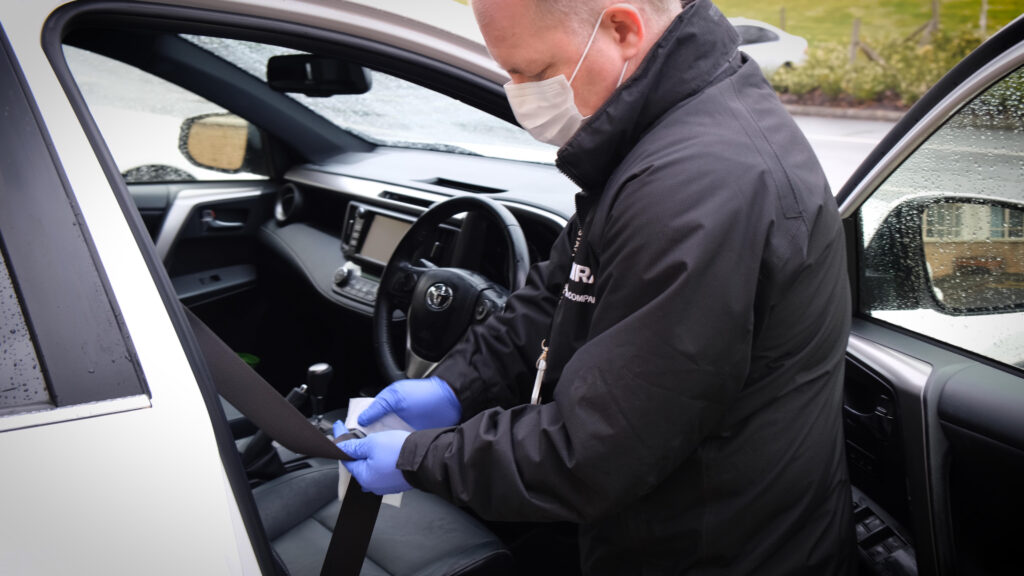Navigating Accountability: Who’s to blame when PAT testing goes wrong?

In the realm of workplace safety, questions of accountability often arise when Portable Appliance Testing (PAT) encounters unexpected challenges. Juliet Widdicombe, Associate Director at Cleanology, sheds light on the intricacies of PAT testing gone mistakes, and who is to blame when it all goes wrong.
The Electricity at Work Regulations (1989) state all electrical equipment that could cause injury is maintained in a safe condition. When it comes to safeguarding the lives of employees, students and overall staff, carrying out regular PAT tests plays a pivotal role in protecting. Its purpose is to prevent electrical accidents in the workplace.
A full PAT test should include both a visual inspection and a more in-depth check using specialist PAT testing equipment.
One thing a business owner never wants to hear is that an employee has been harmed due to insufficient PAT testing and unmaintained electrical equipment. As well as the terrifying risk of someone being hurt, insufficient PAT testing could lead to large fines and even imprisonment of the person in charge should the electrical equipment in your business be found to be unsafe.
“Workplace safety is a joint effort, and when someone gets hurt due to an electrical fault in an inadequately PAT-tested environment, it’s a call to action for everyone involved,” says Juliet Widdicombe, Associate Director at Cleanology. “Understanding and rectifying the lapses in electrical safety procedures is paramount to preventing future incidents.”
Cleanology identifies key stakeholders and their roles in addressing challenges when PAT testing goes awry:
Business Owners and Management: As guardians of workplace safety, owners and management bear the ultimate responsibility for the effectiveness of PAT testing procedures. A commitment to investment in reliable testing practices is essential for avoiding complications.
Facility Managers: The day-to-day custodians of workplace operations, facility managers play a critical role in ensuring that PAT testing protocols are not only in place but also regularly updated and effective.
Testing Personnel: Those responsible for conducting PAT tests must adhere to industry standards, stay informed about evolving technology, and communicate effectively when challenges arise during the testing process.
Another question business owners may have is whether they are responsible for PAT testing if they are in a rented office. The answer is yes. Some office complexes do provide PAT testing as part of the service they offer to tenants, but not all. Your commitment to electrical safety is paramount, and proactive testing measures contribute significantly to maintaining a secure working environment.
Cleanology stresses that the focus should be on collaborative solutions rather than assigning blame. Businesses encountering challenges in PAT testing are encouraged to seek expert advice, review procedures, and reaffirm their dedication to electrical safety.




